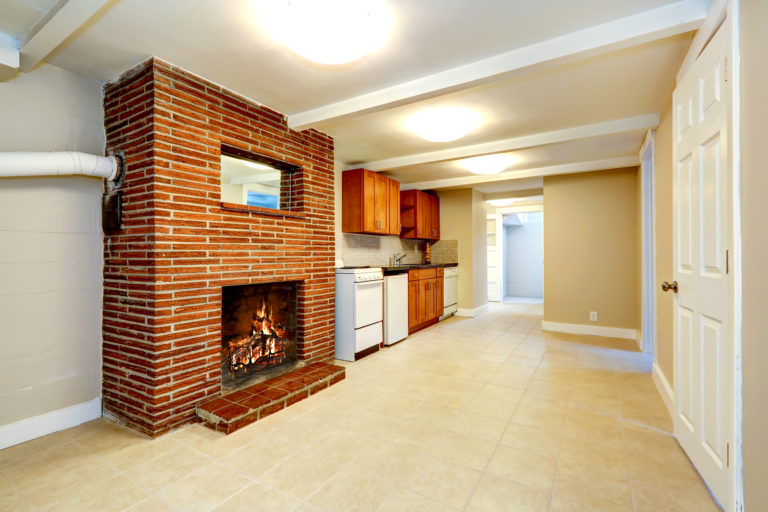This post may contain references or links to products from one or more partners of our parent company and/or subsidiaries of our parent company. For more information, visit this page.
Updated September 26, 2023
Are you thinking about embarking on a DIY flooring project? We get it – you’re handy, you’re clever, and you’ve got the internet at your fingertips. So, a DIY flooring job should be a breeze, right?
Often… not.
While the allure of DIY flooring is undeniable and might look effortless on TV, the reality can be quite different. DIY flooring can save money and be enjoyable, but be aware of the TV glamour.
Before you dive into a DIY flooring project, there are five crucial things you need to know. This guide will explore these essential considerations and provide insights into selecting suitable flooring materials for your DIY venture. Let’s get started.
Your DIY Flooring Checklist: Essential Considerations
If you decide to replace your flooring yourself, you must ensure everything goes off without a hitch (or with as few hitches as possible).
1. Do your research
It cannot be stressed enough how crucial it is to conduct thorough research. Home improvement resources like websites, blogs, Pinterest, and YouTube can provide invaluable insights. Moreover, keep your search to success stories; also, seek out information about projects that could have gone better. Learning from others’ mistakes will enable you to prepare for or avoid similar issues in your DIY flooring project.
For instance, did you know flooring materials with organic components must acclimate to their intended location for a few days before installation to prevent warping and buckling? Research is essential, especially when deciding between different flooring types like tile and laminate.
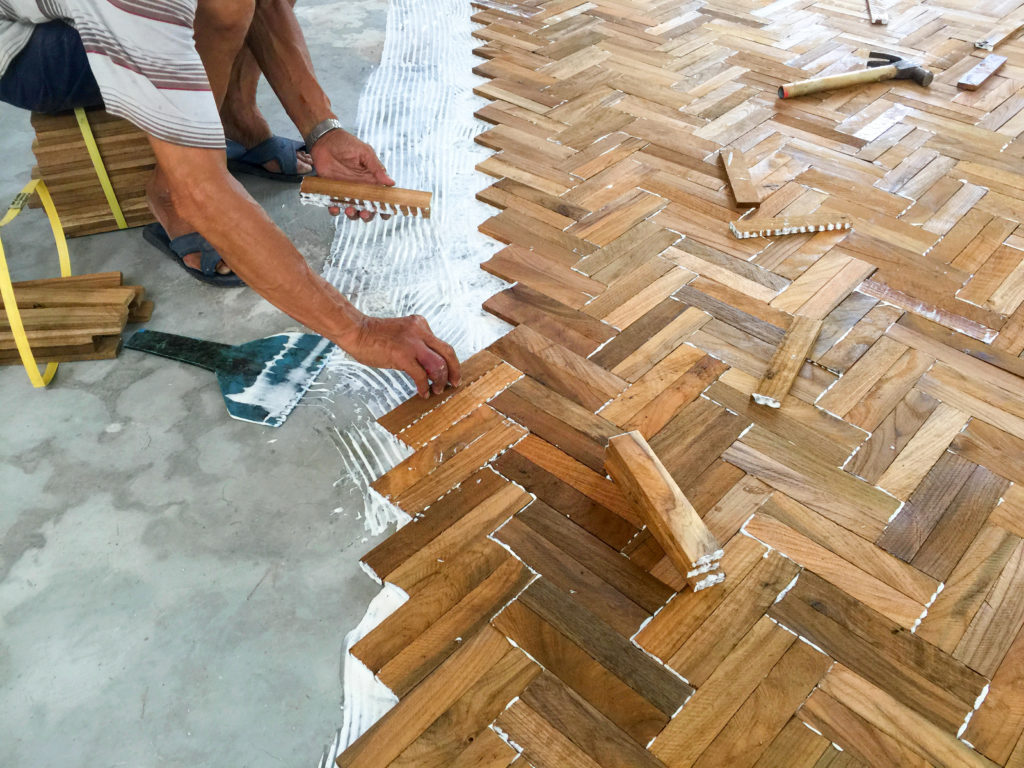
2. Invest in the right tools for a DIY flooring job
Any DIY flooring installation requires specific tools, some of which can be costly. Take the time to determine the tools you’ll need for your project and incorporate this information into your budgeting. Researching cork flooring pros and cons is pointless if you lack the necessary tools for its installation. Remember that having the right tools can save time and money during your flooring replacement.
3. Assess the skills you already have—and the skills you need to learn
Be realistic and pragmatic about your skillset. Are you comfortable using a tile saw for cutting different types of tiles? Do you have the necessary skills to clean and finish a hardwood floor correctly? Be honest about your capabilities and avoid risks that could lead to additional expenses.
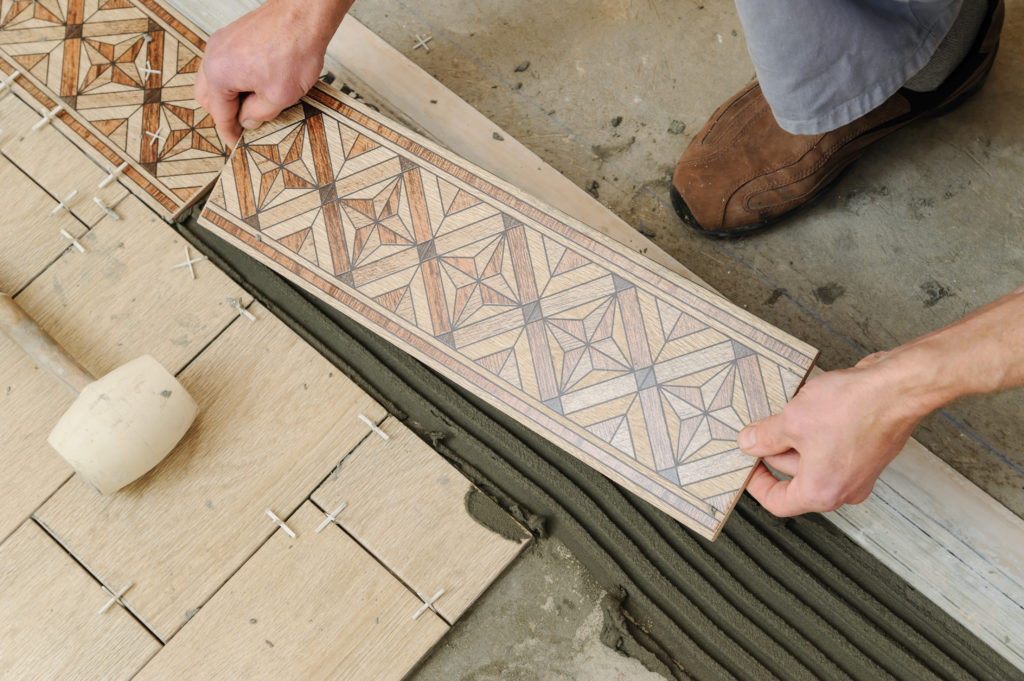
4. Understand the margin for error in any do-it-yourself flooring project
Installing flooring can be more labor-intensive than initially anticipated. Some types of flooring are more forgiving of mistakes, while others are less so. For instance, most wood flooring varieties require meticulous installation, considering humidity, temperature, and subfloor conditions.
Before embarking on any home improvement project, weigh the potential risks and rewards carefully. If the thought of making mistakes fills you with dread or apprehension, consider hiring a professional without fearing judgment.
5. Choose the proper material for you
Deliberate on the specific qualities you require in your DIY flooring. Should it withstand heavy foot traffic? Do you need waterproof options? Are allergies a concern? Choosing the right type of flooring that aligns with your needs is essential, and a flooring dealer can be a valuable resource in simplifying this decision-making process.
Best Brands of 2024
The Most (And Least) DIY-Friendly Flooring Installations
If you’re ready to utilize the approach above, you should have no problem installing these recommended options.
How To Install Laminate Flooring (The Easiest Option)
Laminate flooring has a super user-friendly installation process. Planks are almost always click-together, simplifying the installation process and eliminating the need for many specialized tools or advanced carpentry skills. This also means laminate flooring is almost always installed as a floating floor, avoiding the need to rip up or damage your existing surfaces during installation. These factors make it a practical choice for renovations and allow for easier removal and replacement if you decide to update your flooring.
While you’ll want to utilize videos and other resources, we’ll give an overview of the process for your product decision. You’ll start by cleaning your subfloor and may need some leveling to ensure a flat surface. You may also want to utilize underlayment, but many products have that built-in (you should choose one if possible). Then, start at one wall and lay the first row of laminate planks, leaving a 1/4-inch gap along the edges to allow for expansion. Connect the planks by clicking or locking them together, ensuring a tight fit. Continue this process, staggering the seams for stability until you reach the final row, which may require cutting planks to fit. Finally, add baseboards or trim to cover the gaps, and your laminate flooring is ready to use.
How To Install Vinyl Flooring (Plank, Not Sheet)
Installing vinyl flooring can be a rewarding and straightforward home improvement project, especially when opting for snap-together vinyl planks. Following a few straightforward steps and employing the proper techniques, you can transform your space with beautiful vinyl flooring that enhances its aesthetics and offers durability and easy maintenance for years.
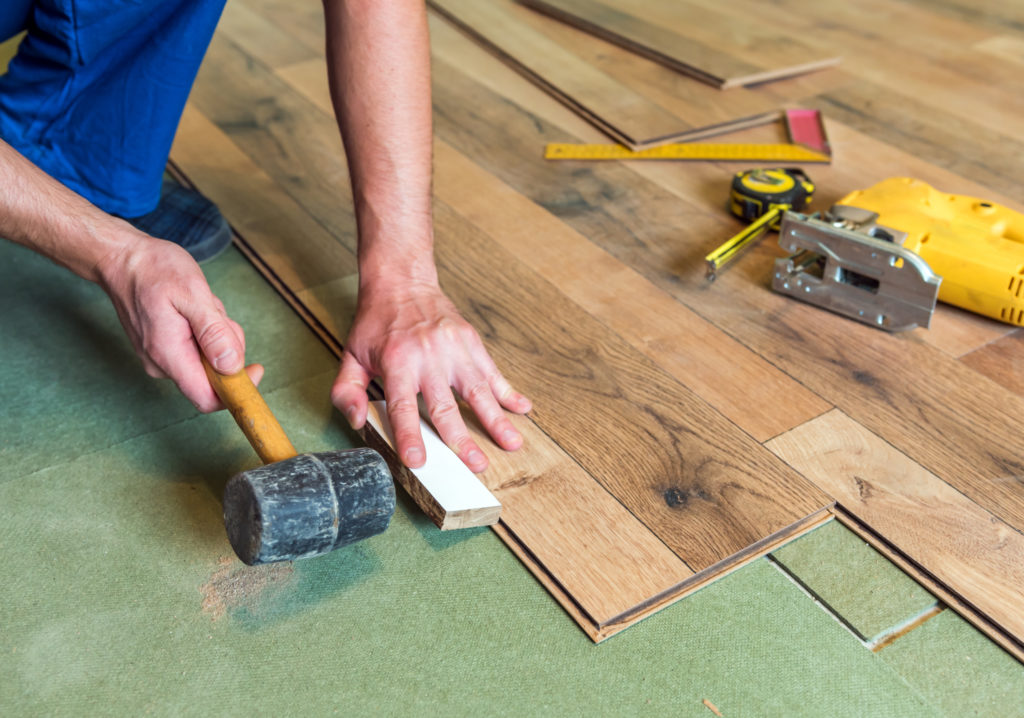
Those steps will be the same as laminate flooring planks, but depending on the thickness of your product, you may be able to cut the planks by just using a razor or a specially designed vinyl cutter.
How To Install Cork Flooring (Still Pretty Easy)
Several excellent cork flooring options offer many benefits and boast a convenient installation process that appeals to DIY enthusiasts and homeowners seeking a hassle-free flooring solution. One enticing aspect is the variety of choices available, such as peel-and-stick cork tiles or click-together cork boards, each catering to different preferences and room aesthetics.
The peel-and-stick option provides a straightforward, adhesive-backed application, perfect for quick and easy installation. In contrast, the click-together cork boards offer a user-friendly interlocking system, making it the same process as you would for laminate or vinyl planks.
How To Install Carpet (Peel-and-Stick Only)
While you might think you know a lot about carpet, you need to know that carpet as a flooring material constantly evolves. When considering carpet installation in your home, selecting the appropriate color and material is just one part of the equation. Equally significant is the need to conduct thorough research on suitable padding, materials, seam irons, and installation techniques, none of which are recommended for the average homeowner.
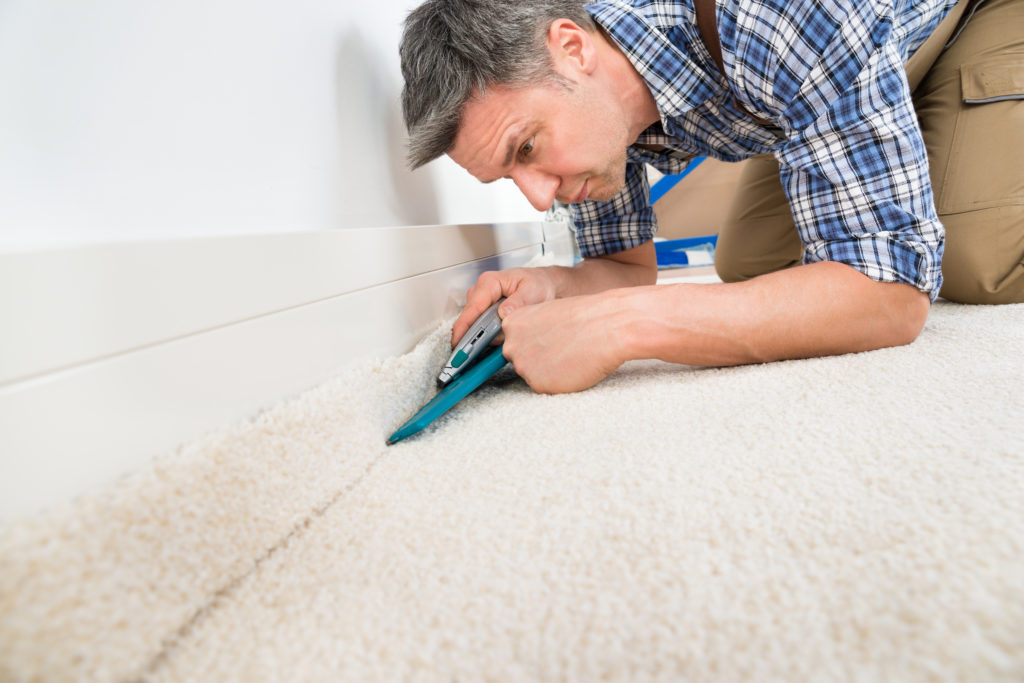
Our recommendation? If you’re embarking on your first DIY flooring project, consider investing in peel-and-stick or removable carpet tiles, like the ones offered by Proximity Mills. Carpet tiles offer a versatile solution, combining traditional carpet’s warmth and inviting nature with easy installation and the ability to replace damaged sections quickly.
How To Install Hardwood Flooring (Stick to Floating)
As appealing as wood flooring may be, it’s essential to approach it cautiously. While some types of hardwood flooring are designed for a straightforward snap-together floating installation, others require more advanced techniques, such as gluing or nailing them to a subfloor.
Given factors like humidity and temperature, these methods demand precision and expertise to ensure a stable and long-lasting result. While wood flooring offers numerous benefits, it’s crucial to be aware of the challenges that may arise during installation and throughout its life, and a DIY installation should only be considered for floating/click-together variants.
How To Install Tile Flooring (Just Don’t)
Tile installation is an intricate process that demands meticulous attention to detail and expertise. It’s essential to bear the significance of allowing a margin for error when embarking on such a project. Even though the results can be stunning, achieving those flawless tile floors can be arduous.
One of the primary challenges in tile installation is ensuring that each tile is laid perfectly. A single cracked or lifting tile can disrupt the entire aesthetic of your floor, not to mention the potential tripping hazards and the long-term damage it can cause. Correcting such issues can be time-consuming and costly, underscoring the importance of getting the installation right from the start.
Even professional installation companies often have stringent criteria for their tile installers. They understand that only some possess the skills and expertise required for this demanding trade. We cannot recommend anyone take on tile flooring as a DIY installation.
Conclusion: DIY flooring can be great, but consider if it’s worth the hassle
Everyone knows new floors will transform your home, make it more functional, and boost your property value. But if your heart is set on a do-it-yourself flooring job and you’re still typing “how to replace flooring” into Google the day before you begin… well, you should consider whether it’s worth the hassle and risks.
But there’s good news! You don’t have to go it alone. Many professionals are ready to help you and are most likely not too far away. Find one in your area with our flooring stores near me. Search and get prepared to find the floor of your dreams! For more info on flooring, check out:
- 10 Tips for Maintaining Your New Floors
- Vinyl Flooring Pros and Cons: What You Need to Know
- The 6 Most Durable Flooring Options for Your Home
- Bamboo Flooring vs. Laminate: Which to Buy?
- Pergo Reviews 2020: What Buyers are Saying
- Advantages and Disadvantages of Floating Floors
- Laminate vs. Hardwood Floors: Which are Better?
About The Author

Courtney Daily
June 26, 2023
Courtney is a freelance writer who wears many other hats: kindergarten teacher by day, Broadway diva in the shower. She is a transplant Hoosier who originated in New England. When she isn't writing in her spare time, you will find her reading history books, arguing with her latest knitting project, or being beaten by her kids at most games.





